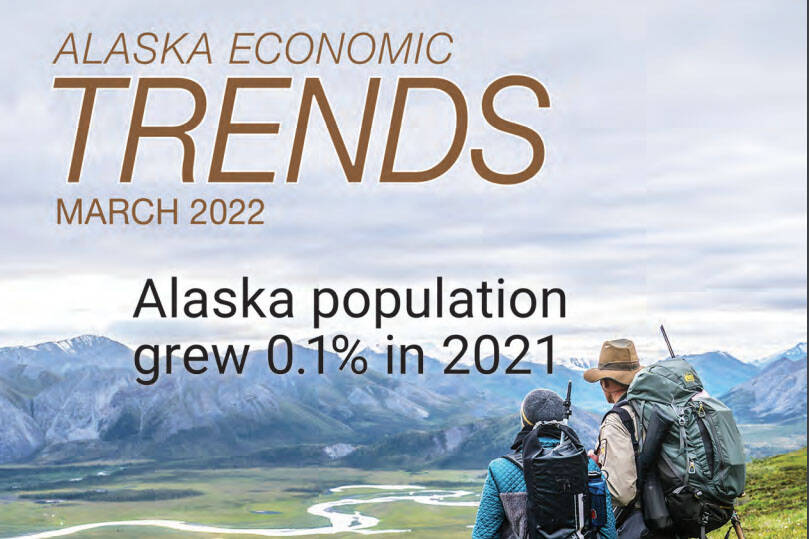On average, wages increased statewide from 2010 to 2020.
That’s according to the latest Alaska economic trends report released by the state Department of Labor and Workforce Development.
Yearly wages rose 11% when adjusted for inflation — or approximately $5,809 annually — in the 10-year period.
Neal Fried, an economist for the labor department, wrote in the report that from 2010 to 2019 wages only increased by 3%, and that the beginning of the COVID-19 pandemic actually helped stimulate salary growth.
“Although it might seem counter-intuitive for a year of massive job loss, the pandemic boosted the average wage notably between 2019 and 2020 because of the types of jobs Alaska lost and the way the average annual wage is calculated,” Fried reported.
These types of occupations lost in the pandemic were lower-wage, part-time positions in the service industries, the report states. Because of this deficit, wages for jobs in other industries increased.
Some regions in the state saw greater wage growth than others. Salaries in the Aleutians East Borough increased by 48% from 2010 to 2020 — the largest jump in the state. In contrast, the Lake and Peninsula Borough lost 6% on its wages that decade. The Kenai Peninsula Borough saw a slightly above-average wage increase — 14%.
Different industries affected the change in wages over time, according to the report.
For example, the seafood processing sector had the highest percent change across all industries in Alaska during the decade with a 35% increase. Wages in the Aleutians East Borough mostly come from seafood processing, the report states.
Among other industries with a large wage increase were oil and gas, manufacturing, transportation and warehousing, and education and health services.
Some caveats to the data include the change in minimum wage and inflation, the report states.
Alaska’s minimum wage in 2010 was just $7.75 per hour, but had risen to $10.19 per hour by 2020.
In addition, the average yearly rate of inflation from 2010 to 2020 was just 1.5%, which “wasn’t a big influence on wages over the decade,” according to the report. However, in 2021 inflation rose to approximately 4.9%.
“For the first three quarters of 2020, unadjusted wages averaged $59,903 for the year, and for the same period in 2021 it was $60,457,” Fried states in the report. “That was a (1%) increase in wages, but inflation was (4.9%) in 2021, effectively wiping out the minor gain and then some.”
Access the full Alaska economic trends report at https://labor.alaska.gov/trends/mar22.pdf.
Reach reporter Camille Botello at camille.botello@peninsulaclarion.com.

